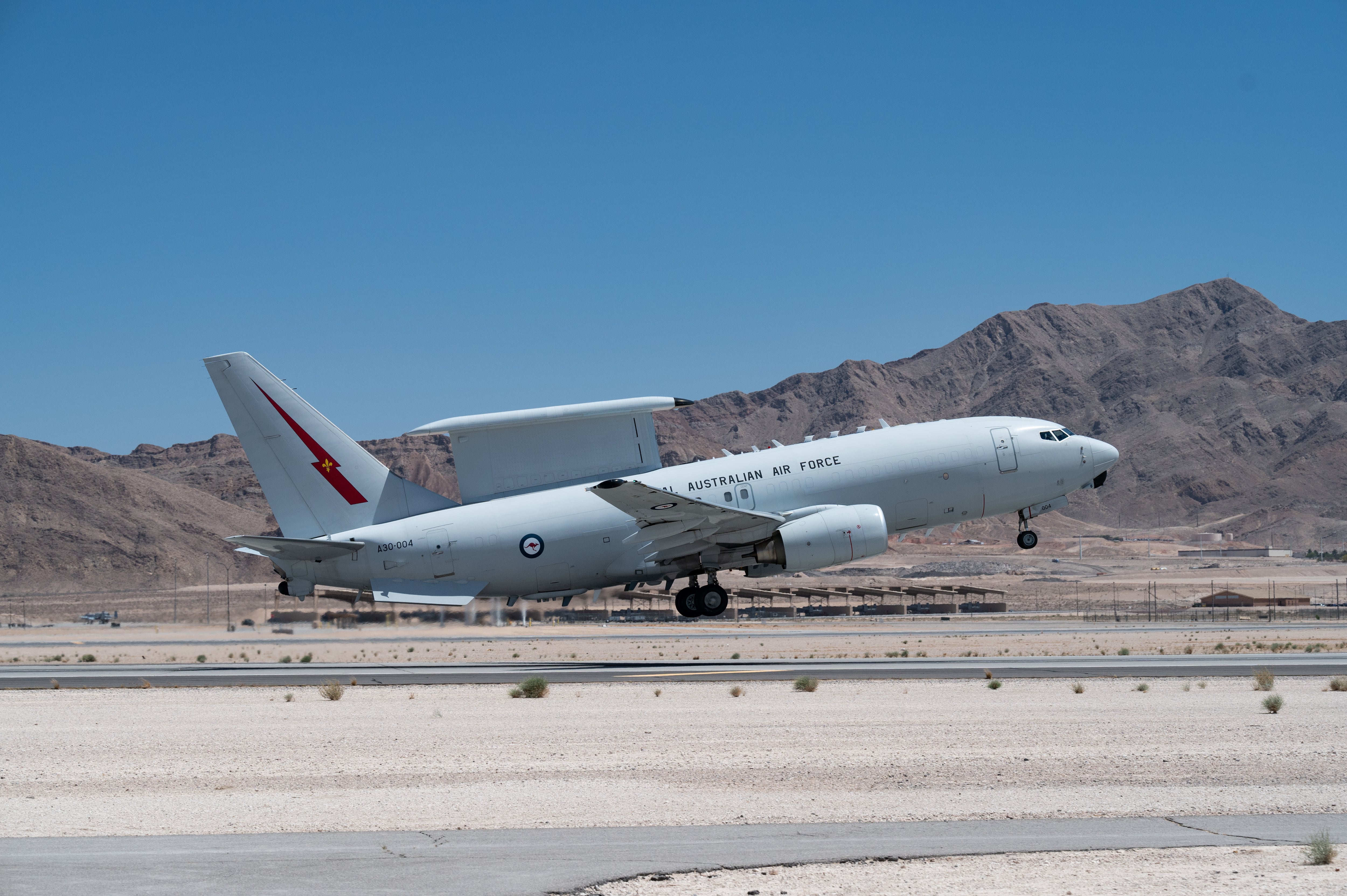Update: This story was updated April 4 with additional information from the Air Force on how the additional funding would speed up E-7 acquisitions.
WASHINGTON — The U.S. Air Force wants to speed up its procurement of Boeing E-7A battlefield management and command-and-control aircraft, as part of the service’s so-called wish list for the fiscal 2024 budget.
The nearly $2.5 billion unfunded priorities list, obtained by Defense News, includes more than $633 million for accelerating the delivery of the E-7, which the Air Force plans to eventually replace the E-3 Sentry airborne warning and control, or AWACS, aircraft.
The Air Force earlier this month released a $185.1 billion budget request for 2024, which would be a $5.4 billion raise over the current year.
The service wants to field a fleet of 26 E-7s by 2032, and in February awarded Boeing a contract worth up to $1.2 billion to start building them.
The service first plans to buy two rapid prototype E-7s, which are intended to be production representative. Those will begin production in fiscal 2023 and field in fiscal 2027, the Air Force said.
With the Air Force in the midst of retiring nearly half of its aging AWACS fleet, which at one point numbered 31, and the first E-7s about four years away from delivery, some lawmakers have expressed concern that the service could face an airborne battle management capability gap.
The additional funding the Air Force is asking for aims to speed up the process. The more than $596 million in procurement funds requested for the E-7 would help Boeing and its suppliers buy parts in advance to build the first two E-7s.
One of those suppliers that would be able to buy the “long lead item” parts with the additional funding is Northrop Grumman, which is making the massive multirole electronically scanned array, or MESA, sensor that will be mounted on top of the E-7.
The advance funding would also help Boeing procure the 737-700 aircraft that it will then heavily modify into the E-7.
And $37 million in requested research and development funds would help pay for rapid prototyping aircraft, to reduce the risk to the program’s acquisition schedule, the Air Force said.
In a follow-up email to Defense News April 3, the Air Force said that under the current baseline plan, it expects to buy a single production aircraft in 2025, which would field in 2029.
If the Air Force gets the additional funding it asked for in the unfunded priorities list, production on long-lead items for two production aircraft would start in 2024, the service said. The two production E-7s would be purchased in 2025 and field in 2028.
The air forces of Australia, Turkey and South Korea already fly the E-7, and the United Kingdom is buying its own fleet.
The U.S. Air Force’s unfunded priorities list also requests nearly $64 million to buy a dozen conformal fuel tanks for the F-15EX Eagle II fighter aircraft, which now lack the added fuel tanks. Adding these tanks will increase the amount of fuel the fighters can carry and their range, as well as giving the Air Force more places to add weapons on the fighters that could handle advanced smart munitions.
By being able to patrol longer and farther and carry more weapons, the Air Force said, the F-15EX will be better able to defend the U.S. and deter China.
Stephen Losey is the air warfare reporter for Defense News. He previously covered leadership and personnel issues at Air Force Times, and the Pentagon, special operations and air warfare at Military.com. He has traveled to the Middle East to cover U.S. Air Force operations.




